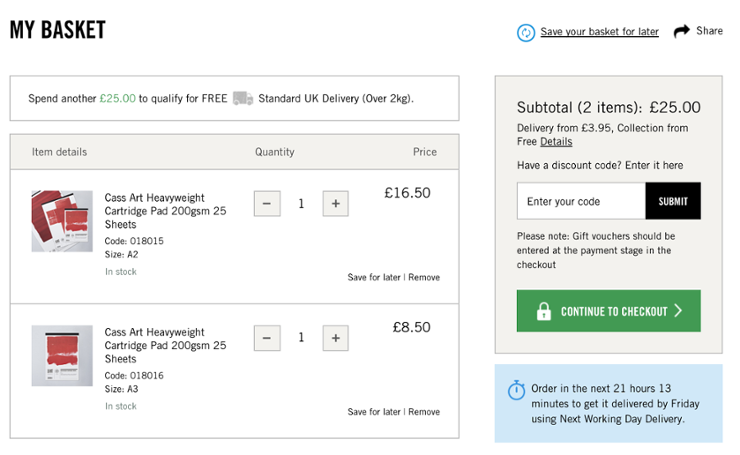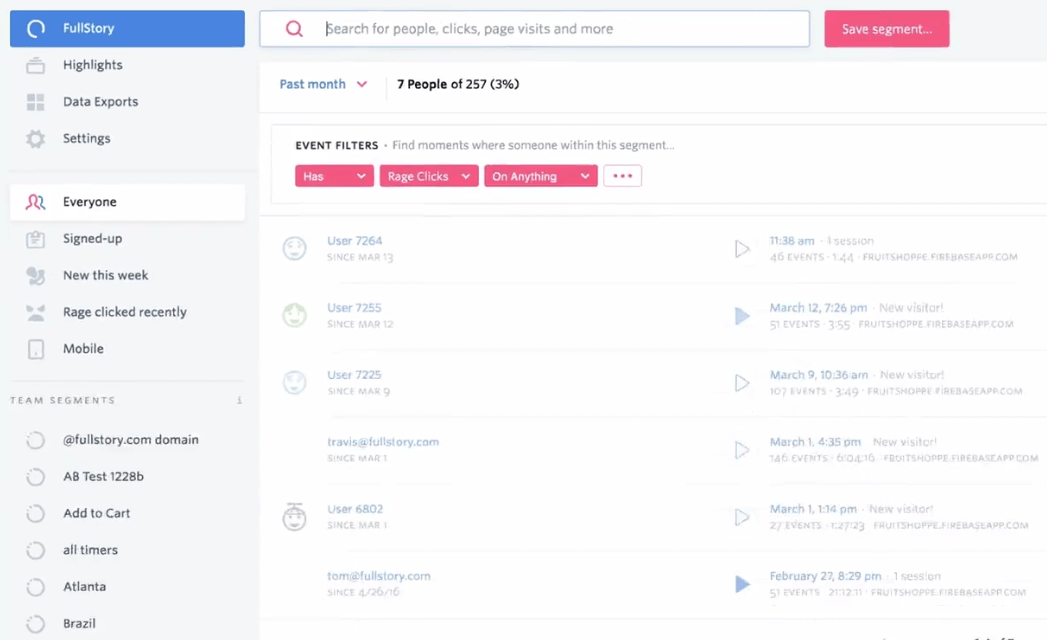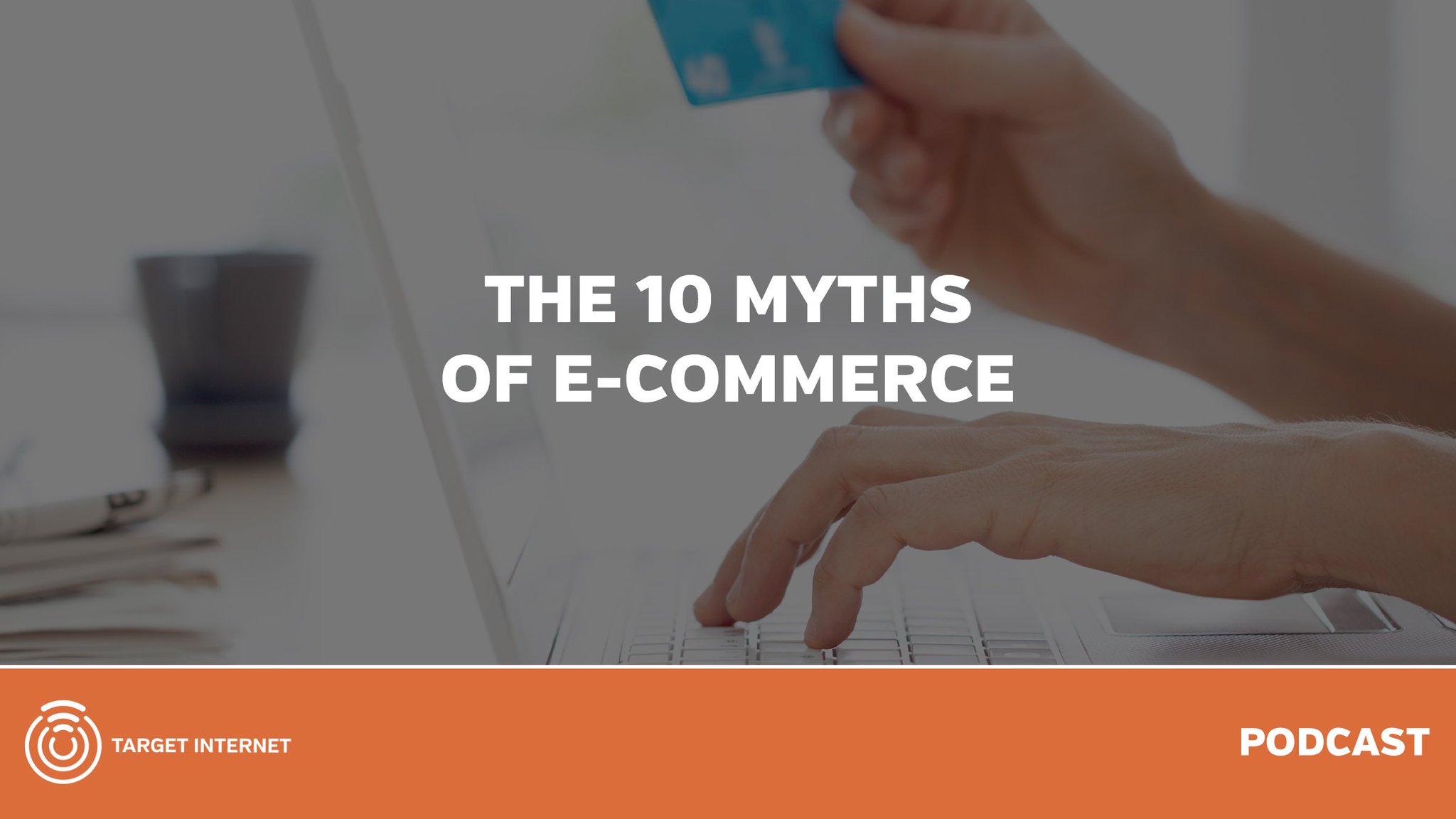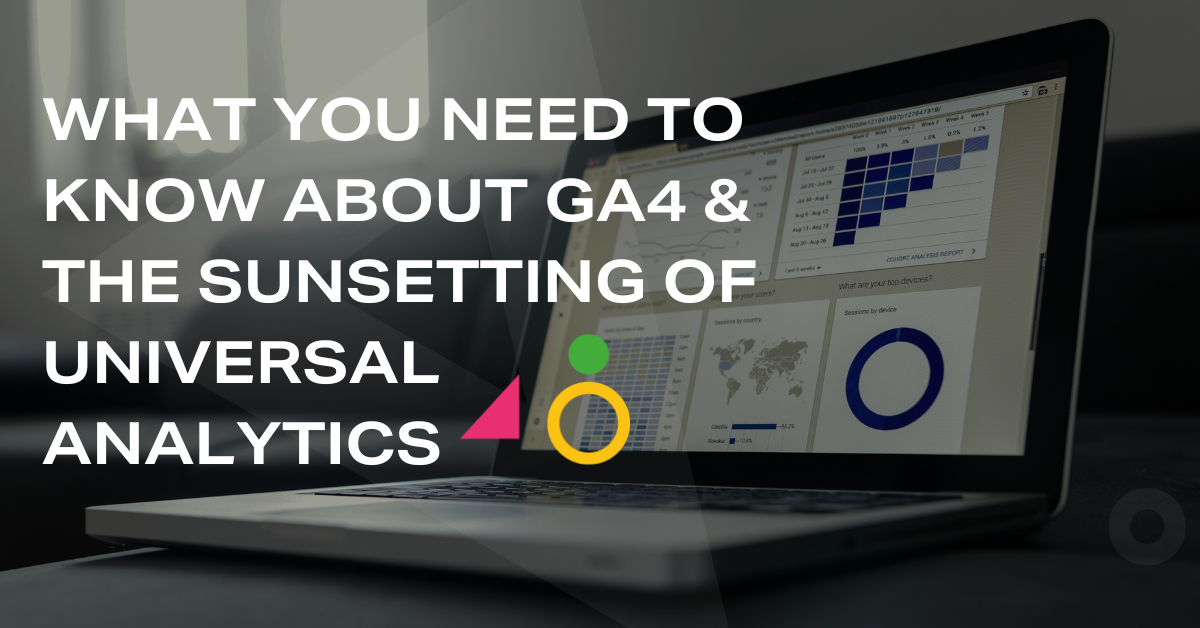
Debunking the Myths of Ecommerce #4: Conversions and Performance
Measuring and monitoring your conversion rate and performance is crucial for any ecommerce business. It’s important to be aware of which factors and actions taken on your online stores lead to conversions and sales. However, too many retailers make assumptions about their data and look for performance results in the wrong places. Let’s separate the myths from the reality.
Space 48’s Managing Director, Jon Woodall, has been seeking to debunk some of the biggest myths in ecommerce and in the latest in his series of myth-busting blogs, Jon explores the misconceptions surrounding conversion rate and ecommerce website performance. Take a look!
Conversion rate and performance: the myth vs the reality
The Myth: Conversion rate is the most important metric in ecommerce and it’s directly linked to my website’s performance.
The Reality: Improving your ecommerce website’s speed and performance doesn’t mean your conversion rate will instantly shoot up. There are many factors that impact conversions and conversion rate is just one of the KPIs your business should be focused on.
Every retail brand wants a faster ecommerce website but faster doesn’t always directly correlate with an improved conversion rate. That’s a myth. There are plenty of ‘slow’ websites that actually perform better than faster ones. Use your data to better understand the areas of your website performance, user experience and functionality which are helping to achieve conversions.
Don’t make assumptions about peaks and troughs in your conversion rate. Dedicate time and resources to monitoring performance and analysing your data effectively. This will enable you to get meaningful results from your data and make strategic decisions to improve your ecommerce performance. Look at the big picture and take into account all the key factors and performance metrics.
What are the most important KPIs in ecommerce?

I’ve identified 5 essential key performance indicators (KPIs) which will help to effectively evaluate your ecommerce performance. These indicators will reveal issues with your ecommerce website, platform and strategy and help you to pinpoint opportunities to improve and optimise your activities.
Here are the most important KPIs in ecommerce:
- Conversion rate
- Average order value (AOV)
- Year-over-year revenue and growth (YOY)
- Cost per acquisition (CPA) or cost of sale (COS)
- Customer lifetime value (CLV)
Focus primarily on these performance metrics and you won’t go far wrong. Let’s dip into each in more detail…
Conversion rate
Various factors will change your conversion rate, but too many brands think of CRO (conversion rate optimisation) in terms of repositioning a call-to-action button or changing its colour so very slightly. Cosmetic changes very rarely have a big impact on conversion rate. It’s better to take a more holistic approach.
For example, we’ve had a client achieve their best month online ever, not by changing their website UX, design or through improving page speed but by changing the offering for their customers. We knew what to look for and by changing something as simple as their delivery options, it led to a massive improvement in conversion rate. They’d been convinced they needed to change the look of the site to become more aesthetically pleasing to their customers. They also worried that their site was too slow, blaming this on poor conversion rate. In fact, because of some of the changes that were made, it may have got marginally slower!

Look at everything that’s going on with your website, so you can pinpoint what’s impacting conversion rate. You can tick every box in terms of UX design best practice, but if your product offering is unappealing you’re not going to see the sales numbers you’d like.
Comparing conversion rate per channel and device is important too. This helps identify if you have a problem with a particular channel or device, or if it’s simply down to the product offering. If your mobile conversion rate needs to improve, don’t assume you can make the same changes as on desktop. It’s a different user experience and the way people consume content and browse on mobile is completely different to what we do on a desktop computer.
This also applies to how your approach marketing activities, such as emails and PPC campaigns, as the way people engage and behave via these channels is different, depending on the device they’re using.
Big data can be a headache, but if you work with the right people and use efficient measurement tools the data can work for you. This will enable you to segment your customer data for implementing effective email marketing campaigns, paid social retargeting and onsite personalisation and product recommendations.
Average order value
Average order value (AOV) is an important but often overlooked metric in ecommerce. It gives businesses a different view on conversion rate data and can prompt questions around the optimisation of content, product placement and marketing strategies, which can encourage customers to add more products to their basket.
Ask yourself the following questions:
- What is my shopping cart abandonment rate?
- Is my ecommerce checkout process as effective as it could be?
- Should we be offering free delivery over a certain threshold?
Consider all the factors that can lead to increasing order value and try out different persuasion tactics, such as using personalised product recommendations during the checkout process, adding incentives and discounts that encourage customers to spend more than they originally intended, and testing free shipping thresholds.
You can also use pop-ups (or popovers) as a proven tactic for boosting AOV, as they can heighten urgency and inform customers of the deals and opportunities available if they spend more. This example below from Cass Art demonstrates a couple of different popovers, one encouraging conversions with a deadline countdown for next day delivery and a free shipping incentive when spending another £25:

However, as I’ve warned of over-focusing on conversion rate, the same applies to putting too much weight on increasing your average order value. Remain inquisitive, consider all your key metrics and think about the user journey and what customers want from your shopping experience.
Year-over-year revenue and growth
Year-over-year or “year-on-year” revenue and growth (YOY) are the figures that CEOs most often want to see. Business owners are obviously keen to see YOY comparisons, to evaluate overall business health. When reporting on these metrics, it’s a good idea to have a periodically-annotated Google Analytics report and other performance data, to arm you with actionable insights for the peaks and troughs in your sales figures.
Over the course of the financial year, you might have spent 50% or more on marketing activities, so even if revenues have gone up profitability may have dipped because of greater investment in this area. However, year-on-year revenues are a very good barometer to understand how you’re business is progressing, which may lead to you revising your targets for the year ahead.
The same may apply to other expenditures. Consider the efficiencies, in terms of metrics, that make a difference to that business unit. These efficiencies could be the marketing spend, staffing or cost of delivery. Again, it’s about looking at the big picture.
Cost of acquisition (CPA) or cost of sale (COS)
It’s obviously critical that ecommerce businesses understand what it costs to sell their products. There are many different factors that come into play, but CPA (or COS) should be fully analysed like with any other ecommerce performance metric.
I’d recommend carrying out benchmarking across your marketing channels to establish the most suitable and cost-effective channels for your business. You may need to shed some tools and resources, but it’s important to be efficient and prove attribution to ensure your business is investing its budget wisely.
Analysing CPA may identify problems with the way certain channels are being used, and it might be a case of optimising the channels’ performance. In fact, you may want to invest more money and add tools and resources into some of your ecommerce channels and activities, to enhance their capabilities or to double down on existing successes.
Be sure to take into account both offline and online channels, plus utilise tools like Ometria and RJMetrics, which can provide single customer views that help you analyse customer information for effectively identifying and segmenting data, to recognise individual customer cost per acquisition and cost of sales.
Customer lifetime value
When looking at the bigger picture, customer lifetime value is the ultimate ecommerce performance metric. Increasing customer lifetime value is the key to lasting success in ecommerce. Loyal customers will keep coming back to you website and encouraging loyalty requires that you understand what your key personas want from your brand.
Returning customers make up 40% of online revenues despite representing just 8% of website visitors (Source: Adobe Digital Index Report)
A common mistake that I see from retailers is in focusing too much on the original cost of the acquisition. For example, a customer may have been acquired by a PPC campaign, whilst subsequent repeat purchases and customer retention is being driven by email marketing. The mistake is to drop your PPC budget or even turn it off completely, because customers are being retained via email marketing and email is a more cost-effective channel, which also drives a higher ROI.
This is the wrong way to look at things. These channels work together and have different purposes and benefits across the whole customer lifecycle. Knee-jerk decisions and assumptions about different channels will only result in a drop performance, such as website traffic, somewhere within the customer lifecycle. Think about how you can spend more in different areas and lifecycle stages to encourage exponential growth.
Tools to monitor and optimise performance
If you ignore any of these five KPI’s I’ve listed above, you’ll be missing a trick. And if you don’t have the right people and tools in place to be able to interpret what’s actually going on across your whole ecommerce operation, it will be difficult to make the right decisions and maintain or increase growth.
As mentioned earlier, there are some great tools now available to merchants to enable better reporting, performance measurement and analytics, and conversion rate optimisation. We recommend Hotjar and FullStory for onsite performance and user journey evaluation, helping you to get that all-important holistic viewpoint!

Don’t forget to use these tools in combination with Google Analytics and any other data analytics available to your business. Personalisation platforms like Nosto help to increase conversion rate and AOV, whilst visitor tracking pixels (like Facebook Pixel) enable marketers to create more granular retargeting campaigns.
Why not download our free guide to the Best Ecommerce Tools and Integrations for Retailers and explore the most innovative and effective tech providers?
Busting the myths of ecommerce
Are you drowning data? Check out my recent blog on the myths of Big Data: Debunking the Myths of Ecommerce #4: Big Data.
I’ve also got a podcast available on the myths of ecommerce that you can listen to if you want to learn more. Check out my 2-part interview on Target Internet‘s digital marketing podcast by clicking on the links below:

- 10 Ecommerce Myths with Jon Woodall (Part 1)
- 10 Ecommerce Myths with Jon Woodall (Part 2)
Key takeaways
I hope you found this blog useful and eye-opening. Here are a few takeaways to remind you of the key things to focus on with ecommerce conversions and performance:
- Don’t be fooled into thinking that if you improve page load speed you’ll instantly increase your conversion rate
- Stop over-thinking subjective design – Amazon’s site is not pretty, but it’s super-effective because it nails the online browsing experience!
- Continually monitor your entire user journey – your customer behaviours go a long way to helping you to understand what works and doesn’t work on your ecommerce website
- Focus on the essential KPIs outlined in this blog
- Embrace your user data and invest in the tools that can help you leverage this data
- Segment your customers to create a more tailored user journey
- Utilise and enhance your personalisation – it will continue to shape the future of ecommerce
- Take holistic but agile approach to evaluating ecommerce performance
If you’d like advice on anything discussed in this blog, you can book a free consultation with our experienced ecommerce specialists and we’ll help you to understand your data better and pinpoint your opportunities for growth. If it’s tools and tech you’re after, download our Ecommerce Tools and Integrations Guide!
Ecommerce Tools & Integrations Guide
Ecommerce UX audit
Discover opportunities and understand your users better.
Space 48 is a leading UK ecommerce consultancy, based in Manchester. Our award-winning website developers and ecommerce experts specialise in Magento and Shopware platforms. If you’d like to discuss any challenges you’re experiencing with your ecommerce website or platform, or if you’d like to discuss a development project with us, get in touch. Our team is here to help!





